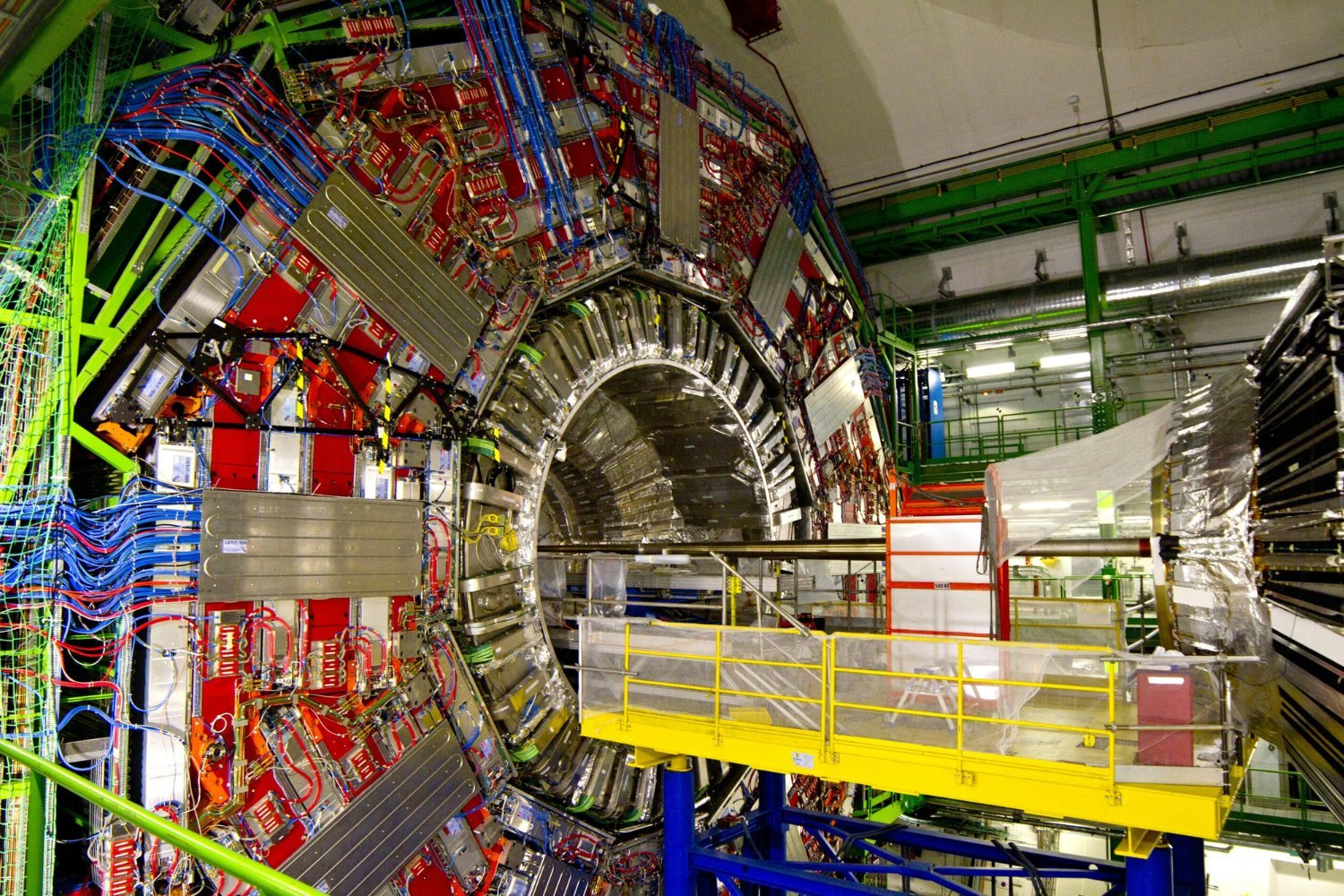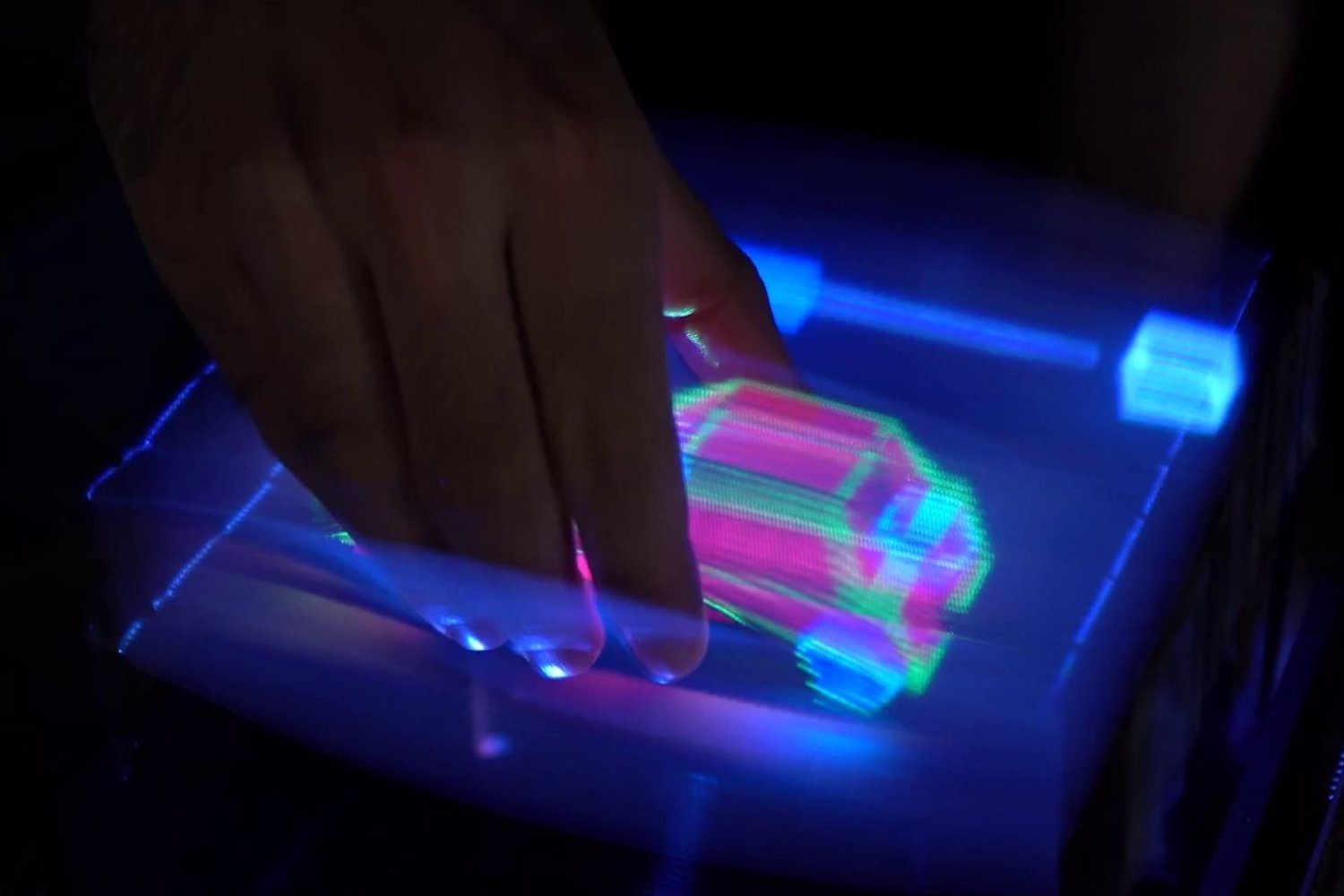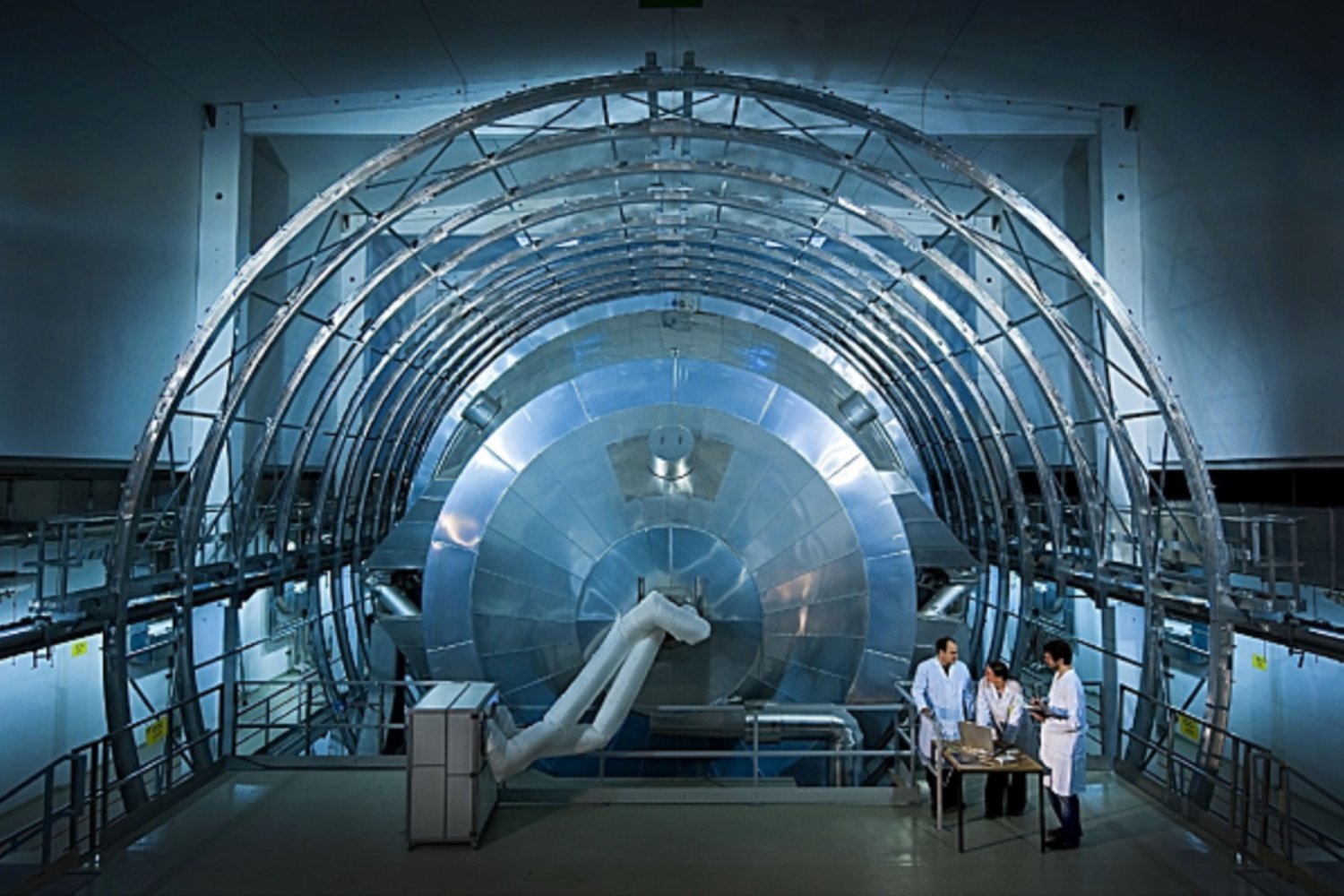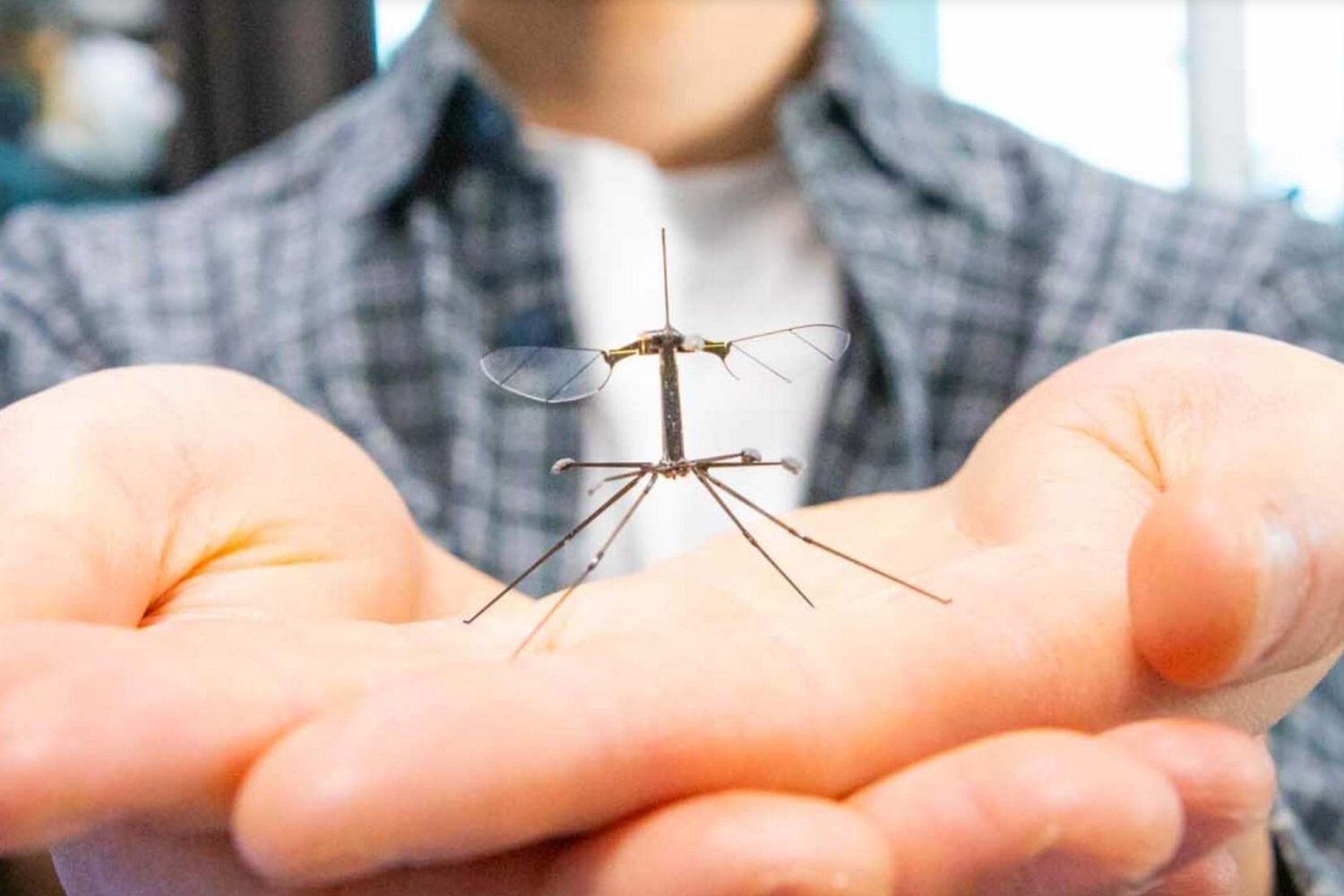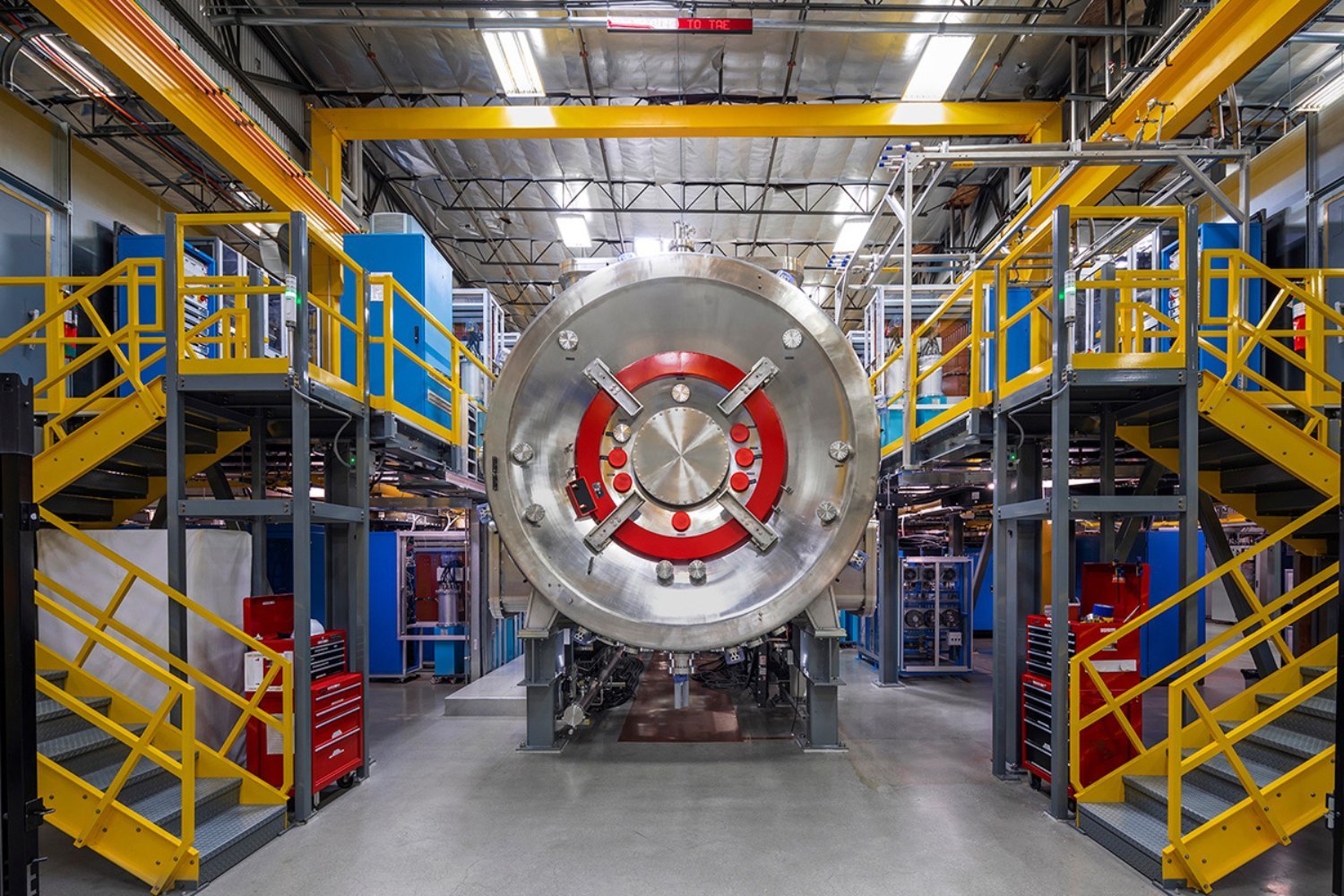The Large Hadron Collider (LHC) at CERN has revolutionized particle physics, but scientists are already looking towards the future. A new, even more ambitious project, the Future Circular Collider (FCC), has recently passed a crucial technical review, paving the way for a potential successor to the LHC. While still requiring funding and approval, the FCC envisions a 91-kilometer (56-mile) collider, significantly larger than the LHC, aimed at unlocking even deeper mysteries of the universe.
The FCC’s primary goal is to explore phenomena beyond the reach of current technology. This includes investigating dark matter and dark energy, two of the most perplexing puzzles in cosmology. Further research into antimatter and the properties of fundamental particles, millions of times smaller than an electron, are also key objectives. The LHC’s discovery of the Higgs boson in 2012 marked a major milestone, but the FCC aims to push the boundaries of particle physics even further.
The LHC has yielded numerous breakthroughs in particle physics over the past two decades. The Higgs boson discovery stands out, but many other particles and their interactions have been revealed. Scientists are now eager to surpass these achievements and delve into realms beyond the LHC’s current capabilities.
The LHC is currently undergoing an upgrade to become the High-Luminosity LHC, boosting its luminosity tenfold and significantly increasing the number of Higgs bosons available for study. However, even this enhanced version won’t achieve the energy levels CERN hopes to reach with the FCC.
The FCC is planned in two phases. The first involves an electron-positron collider slated to begin operations in 2046. A proton-proton collider will follow in 2070. The target energy for the FCC is 100 trillion electronvolts, over seven times the LHC’s record.
The FCC feasibility study, recently released, confirms the project’s technical viability. The proposed collider would be three times the size of the LHC and buried twice as deep. With the LHC expected to conclude operations around 2041, the FCC’s electron-positron collider could be ready just five years later, assuming the project stays on schedule.
CERN’s member states have until 2028 to decide on funding for this massive undertaking. Concerns have been raised by some physicists and environmental groups regarding the project’s cost, estimated at $17 billion, significantly higher than the LHC’s $8 billion price tag. Some argue that these funds could be better allocated to smaller-scale scientific endeavors, and that the FCC’s energy consumption would be excessive.
While the technical feasibility of the FCC has been confirmed, securing political support and funding remains a critical challenge. CERN must now convince decision-makers of the project’s scientific value and justify the substantial investment required to bring this ambitious vision to fruition. The future of particle physics may well depend on the success of this endeavor.



